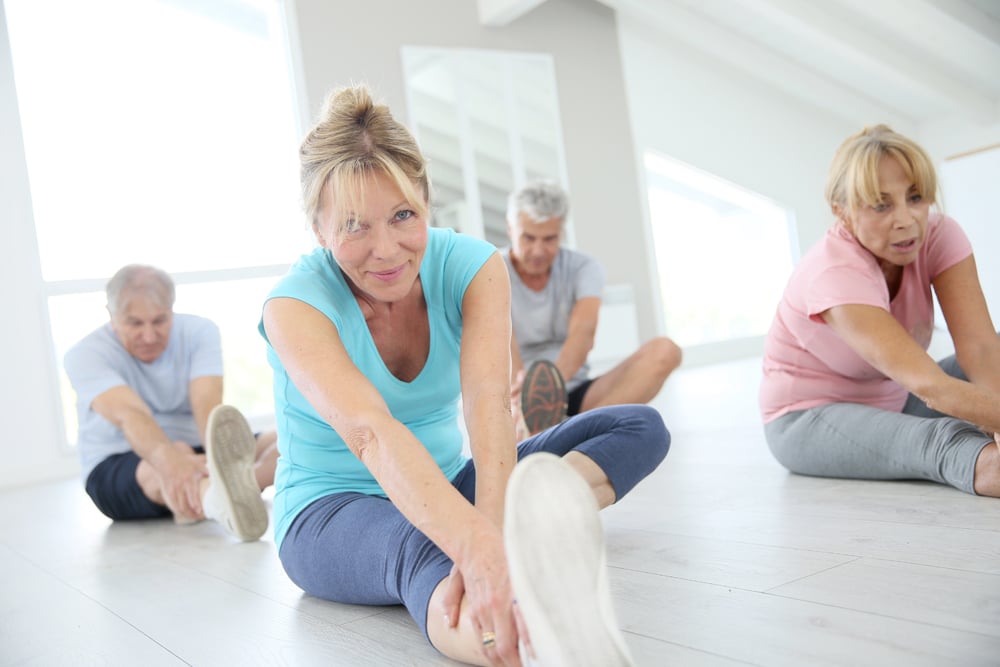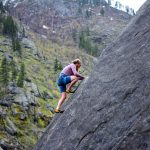This article from way back in November –
 Phys Ed: How Necessary Is Stretching?
Phys Ed: How Necessary Is Stretching?
– addresses the upside and potential downside of doing flexibility training, esp in excess. having studied stretching for the past decade when the science of stretching really took hold in the field, it was a comfort to see the author – who invariably does a good job presenting in common language the scientific principles behind many fitness and exercise matters – once again present a difficult concept in simple terms.
Basically, as other studies have shown even better than this one, runners with less flexibility tend to be faster, more economical ones. It also discusses the fact that people who need to stretch are those whose lack of flexibility contributes to pain and dysfunction; if you have no pain or dysfunction, you may not need to stretch. My only caveat here is: if you live long enough – say, past 30 but definitely past 40 – you will need to do some stretching in order to avoid pain and dysfunction. As we age, tissues stiffen. in some joint areas, that may actually be a good thing; in others, it may portend a bad thing. But stretching is not the only way to increase range of motion; moving body parts thru large ranges of a joint’s movement capacity will also do so. hence, the Olympic power-lifters at the 1984 Olympics in L.A. were the second most flexible athletes after the gymnasts of course.
So stretch, do yoga, Pilates, or dance; lift weights or other large body movement exercises/activities; then ask yourself – have I moved my joints thru a large range of motion today so that they don’t get stuck in the short ranges we tend to live in – like, while typing blogs? go ahead, stand up, move around…and stop reading this blog, for now.














